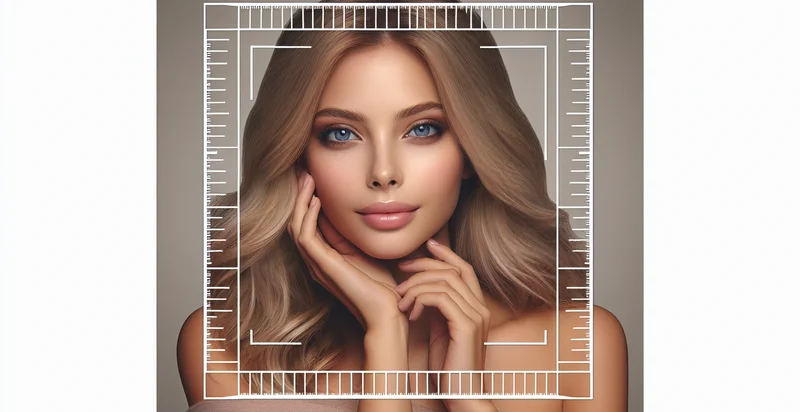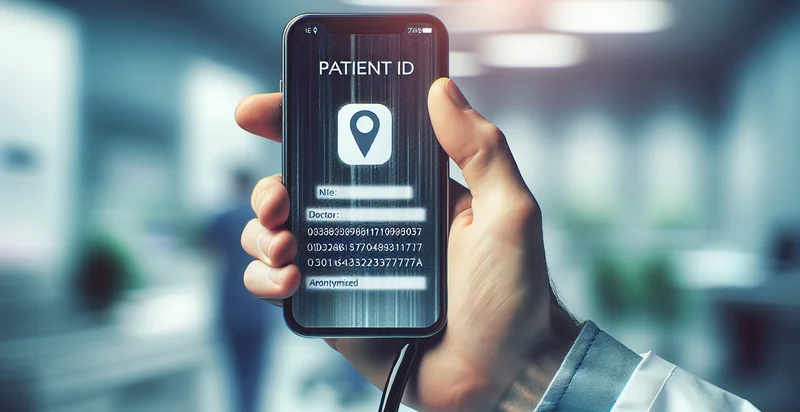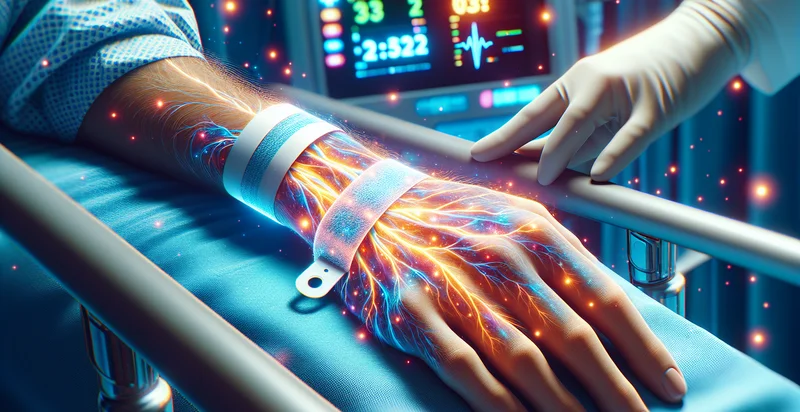Identify if patent's face is visible
using AI
Below is a free classifier to identify if patent's face is visible. Just upload your image, and our AI will predict if patent's face is visible - in just seconds.

Contact us for API access
Or, use Nyckel to build highly-accurate custom classifiers in just minutes. No PhD required.
Get started
import nyckel
credentials = nyckel.Credentials("YOUR_CLIENT_ID", "YOUR_CLIENT_SECRET")
nyckel.invoke("if-patents-face-is-visible", "your_image_url", credentials)
fetch('https://www.nyckel.com/v1/functions/if-patents-face-is-visible/invoke', {
method: 'POST',
headers: {
'Authorization': 'Bearer ' + 'YOUR_BEARER_TOKEN',
'Content-Type': 'application/json',
},
body: JSON.stringify(
{"data": "your_image_url"}
)
})
.then(response => response.json())
.then(data => console.log(data));
curl -X POST \
-H "Content-Type: application/json" \
-H "Authorization: Bearer YOUR_BEARER_TOKEN" \
-d '{"data": "your_image_url"}' \
https://www.nyckel.com/v1/functions/if-patents-face-is-visible/invoke
How this classifier works
To start, upload your image. Our AI tool will then predict if patent's face is visible.
This pretrained image model uses a Nyckel-created dataset and has 2 labels, including Face Not Visible and Face Visible.
We'll also show a confidence score (the higher the number, the more confident the AI model is around if patent's face is visible).
Whether you're just curious or building if patent's face is visible detection into your application, we hope our classifier proves helpful.
Related Classifiers
Need to identify if patent's face is visible at scale?
Get API or Zapier access to this classifier for free. It's perfect for:
- Patient Verification: This use case involves using the face visibility identifier to verify patient identity in healthcare settings. By ensuring the patient's face is visible, healthcare providers can reduce the risk of misidentification and enhance patient safety during consultations or treatments.
- Remote Telemedicine: In telemedicine applications, the identifier can ensure that the patient's face is visible in video consultations. This helps providers assess non-verbal cues, build rapport with patients, and ensure effective communication, ultimately improving the quality of care.
- Insurance Claims Processing: The identifier can be integrated into insurance claim processes to validate patient identity during facial recognition logs. By confirming that the patient’s face is visible, insurers can prevent fraud and streamline claims processing with greater accuracy.
- Security in Healthcare Facilities: Hospitals and clinics can utilize this identifier for security purposes, ensuring that only authorized individuals can access sensitive areas. By ensuring a visible face, facilities can implement stronger access control measures and maintain a secure environment for both staff and patients.
- Patient Engagement and Education: In patient education videos or interactive applications, the identifier can confirm that the user’s face is visible, allowing for personalized engagement. This leads to more effective patient education and allows for tailored communications based on the user’s reactions.
- Research and Data Collection: Researchers can use the identifier in studies that require participant facial visibility to collect data related to emotional responses or interactions during medical consultations. This provides valuable insights that can shape future healthcare practices and improve patient outcomes.
- Compliance with Regulatory Standards: The identifier can aid healthcare institutions in adhering to privacy and data protection regulations by verifying patient visibility during identity verification processes. This ensures compliance with standards such as HIPAA, ultimately protecting patient privacy and trust.


